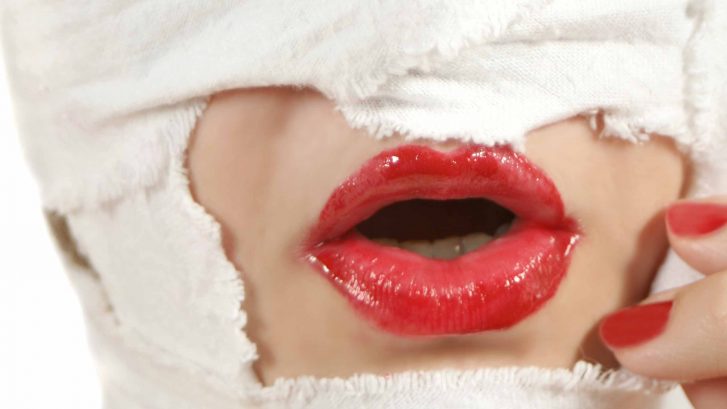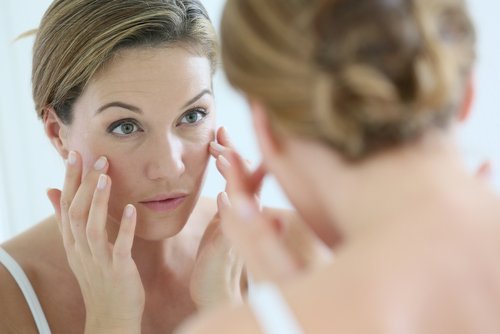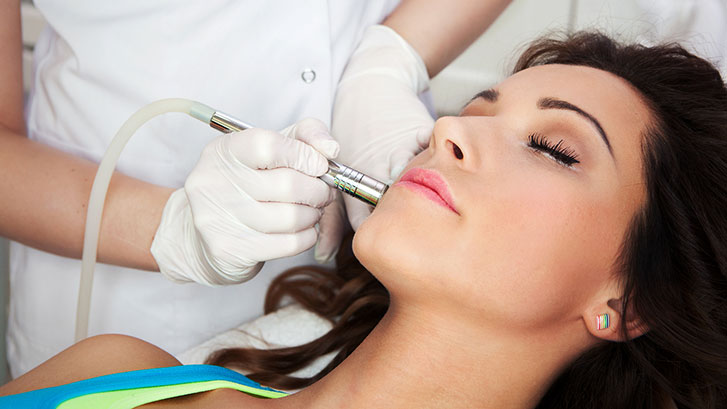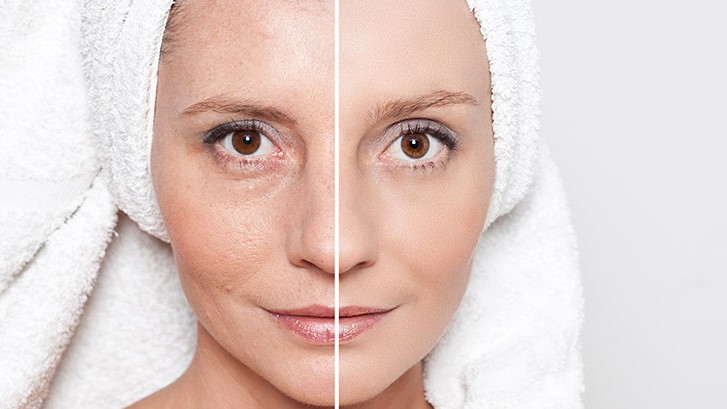Bigger Than a Nose Job: The Psychological Benefits of Cosmetic Surgery
Your appearance is a window to the world. How you express yourself, your choice of gestures, the personal style you cultivate; these are all hallmarks of who you are and how you want to be perceived by society.
Appearance also offers a snapshot of your psychological well being.
If you walk around with a permanent scowl on your face, you’re telling passersby to stay away. Conversely, smiling invites others to approach you. In these examples, mood is a self-fulfilling state of being. By looking upbeat, you might actually achieve greater happiness.
But instead of just pretending to be chipper, you could get a more permanent boost from cosmetic enhancement.
Facing Your Flaws
No matter how beautiful you may be, there’s always that one physical feature that you wish you could change. Whether it’s the curve of your nose, the shape of your midsection, or the height of your cheekbones, you probably have one nagging complaint about your body or face that bothers you incessantly.
Well, you’re not alone. Statistically speaking, 43% of men and 56% of women surveyed have registered disappointment with their outward appearance. This dissatisfaction can manifest itself as a mere annoyance, or it could affect one’s state of mind. If you’re constantly obsessing about your perceived flaw then it occupies your focus. In turn, your mood is negatively impacted, which then bolsters your negative self-image. It’s a downward cycle, but luckily you can break out of it if you so choose.
Conquering Your Image Issues
Esteem dominates our daily behavior. Confidence helps motivate us in the workplace and in social situations, so when our self-worth dips, so does our productivity and general demeanor. By succumbing to body issues, one might suffer a myriad of psychological setbacks. These include:
- The propensity to be easily distracted
- Lack of energy or determination
- Insomnia
- Depression
This last symptom of body dysmorphia can be the most troubling, so let’s take a closer look at the link between appearance and mood disorders.
Overcoming Depression
We look at ourselves in the mirror every single day. If we don’t like what we see staring back at us, it has a definite effect on what we project to the world. That mirror session is essentially a rehearsal for how we interact with others. If we perceive our appearance to be less than optimal, then depression could creep in.
One recent study of over 540 people showed that cosmetics are indelibly linked to such forces as social anxiety, agoraphobia, self-perception, goal attainment, self-realization, quality of life and, of course, our sense of attractiveness.
If we don’t think of ourselves as desirable, it sends a message to the brain that we don’t deserve a partner who sees us as desirable. By lowering our social standards in this way, we relegate ourselves to a “lesser than” category. This triggers feelings of doubt, which permeates into our behavioral patterns. No, I don’t belong to that club or Maybe I’ll just avoid that party because I won’t fit in. Perceived alienation becomes actual seclusion.
This is the psychological landscape where depression flourishes. But don’t despair; there’s hope on the horizon.
Positive Results
While modern medicine tends to answer psychological issues with pharmaceutical prescriptions, there may be another solution available: cosmetic surgery. In a groundbreaking survey of 362 patients who underwent cosmetic procedures, 61 of them had been taking antidepressants before the date of their surgery. After their successful emergence from these respective procedures, that number fell to 42.
In other words, the successful exposure to cosmetic surgery decreased the need for antidepressant medications in a staggering 31 percent of patients who had been taking the aforementioned prescriptions.
That is a statistic worth heralding as an undeniable success.
Do What’s Right for You
A person’s psychology is as complex and unique as his or her fingerprint. There’s no guarantee that changing your appearance will alter your mood, but the link between the two is compelling, to say the least.
Before embarking on any surgery, be it cosmetic or otherwise, you should consult with your support system (loved ones, friends, relatives, etc.). Make sure it’s the right decision for you; consider what is most beneficial to your physical health as well as your mental wellbeing.
Once that phase of your deliberation is complete, it’s time to consult Doctor Binder to assess your options, formulate a plan, and move forward. A happier new you awaits, and we’re eager to help guide you on your journey to self-actualization.






 3-D imaging via medical diagnostic tools such as MRIs and CT scanning is completely revolutionizing modern medicine.
3-D imaging via medical diagnostic tools such as MRIs and CT scanning is completely revolutionizing modern medicine.

